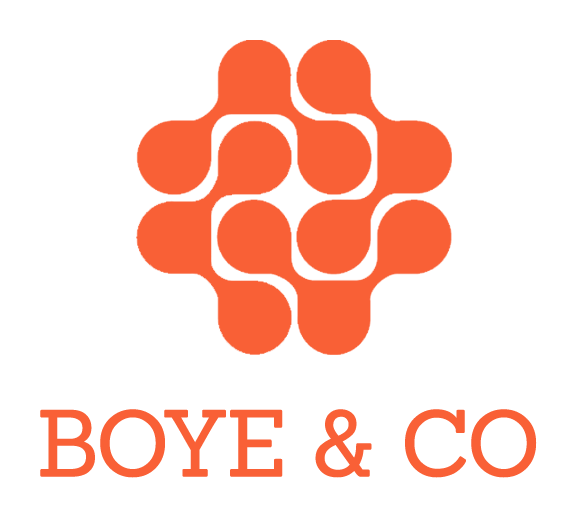Josefine Schaefer works as Accessibility Engineer at Storyblok and recently shared her progress in a members’ call
By Janus Boye
“Awareness of the importance of web accessibility is increasing - and with good reason. For too long, people with disabilities have been overlooked. As developers, it's our responsibility to create inclusive experiences on the web - for everyone.”
This quote by Josefine Schaefer is on the accessibility statement at CMS vendor Storyblok. While born with a developer-first mindset, they have made a commitment to making the web a more inclusive, accessible space for everyone.
We recently invited Josefine to share their progress and roadmap for accessibility in a members’ call. Josefine works as an Accessibility Engineer to improve their products accessibility and it’s a role that very few CMS vendors have. Her responsibilities range from accessibility strategy and change management to automating processes and testing.
Our conversation started at the beginning of the journey.
Where it all began: Making Storyblok accessible
Josefine joined Storyblok in 2022 initially working with developer relations but has since 2024 been in a new role dedicated to accessibility.
When Josefine started piecing the different parts together, she found herself with a design system, a full-blown enterprise app and lots of open source projects, none of which were fully accessible.
Besides allocating an accessibility engineer to work full-time, Storyblok has committed to:
compliance with WCAG 2.2 AA Standards, the baseline for upcoming EU laws (EAA)
published an Accessibility Statement outlining their goals to improve overall usability, access for all users of assistive technologies, keyboard accessibility and meeting color contrast requirements.
As part of this commitment, Storyblok has started actively improving their app and they have conducted an accessibility audit on both the Design System and App, and they are currently addressing the identified issues.
In our call, Josefine listed these as her four big themes for the year:
Design System — blok.ink, the backbone of the Storyblok app
The actual Storyblok App UI
Customer Websites & Products, including accessibility features for content creation and checks
So how far have they come?
Progress with accessibility at Storyblok
According to Josefine, they’ve started with taking action at the component layer, which is the basic building block in the app. Starting from the ground up, they’ve prioritised their efforts by usage and worked on focus and hover state, keyboard and assistive tech operability.
They’ve also worked with visual accessibility, including high contrast modes and dark modes. Furthermore, they’ve adjusted the brand colors to meet color contrast requirements and improve visibility.
Next steps for accessibility at Storyblok
Taking a holistic approach, Josefine shared these four themes for the accessibility roadmap:
Publish improved and accessible Design System components, like more complex components, e.g. the date picker, to demonstrate a system approach to enhancing UI accessibility
Making their user interface accessible. The visual editor was highlighted as a key feature, but its complexity poses challenges for accessibility, indicating ongoing efforts to create an inclusive experience.
Enabling their users to create accessible products, services and content, e.g. introducing features like Alternative Text Generation with AI to enable users to create accessible content.
Launching an accessible Storyblok website
In the Q&A, we also covered the authoring tool accessibility guidelines and their relevance in creating accessible content. The conversation also moved to the more political aspects of accessibility and the historical challenges related to support from higher management. Credit to Storyblok for having a dedicated accessibility engineer!
Learn more about accessibility
We’ve covered accessibility extensively in the past, notably with insights from our long-standing member and UK-based accessibility expert Gavin Colborne. Back in December he shared a popular Accessibility update towards 2025 and previously he covered Reaching for level Triple-A accessibility as a brand.
At the HE Connect 23 conference, Kate DeForest, who works as Digital Content Coordinator at SUNY Oswego, gave a talk on How to Eat the Digital Accessibility Elephant (handout as PDF). Simon Jones at Studio 24 in Cambridge is another member who champions the accessibility agenda. He was involved in the CMS selection at the W3C where accessibility was an important selection criteria and not just a nice-to-have. At HE Connect 22, he gave a talk on writing for accessibility (slides as PDF).
The conversation naturally continues in our peer groups and at our conferences. Join us, share your progress, get help when you are stuck and be a part of delivering better solutions together with the broader community.
Finally, you can also download the slides (PDF) or even lean back and enjoy the recording from the call below.


